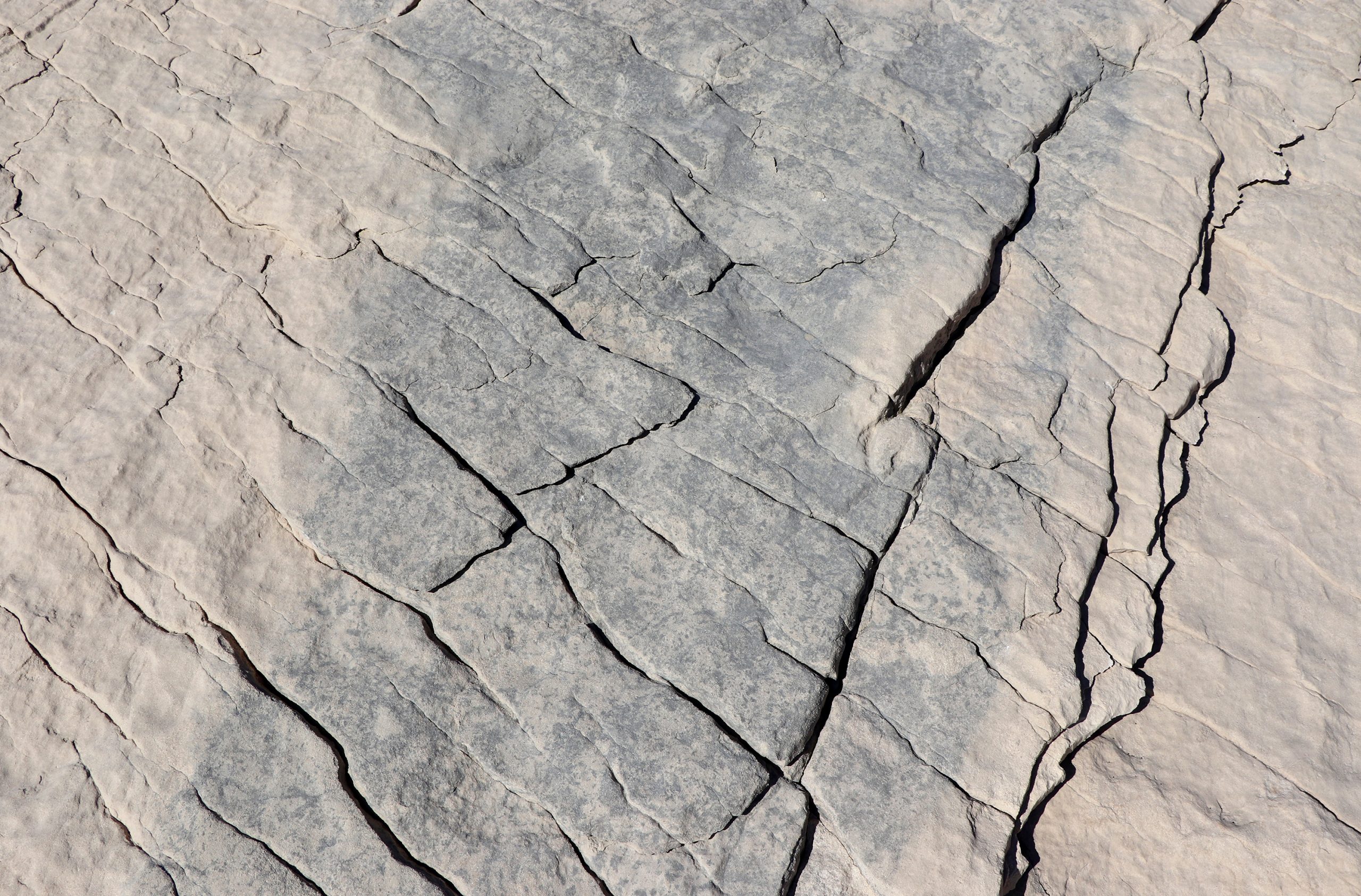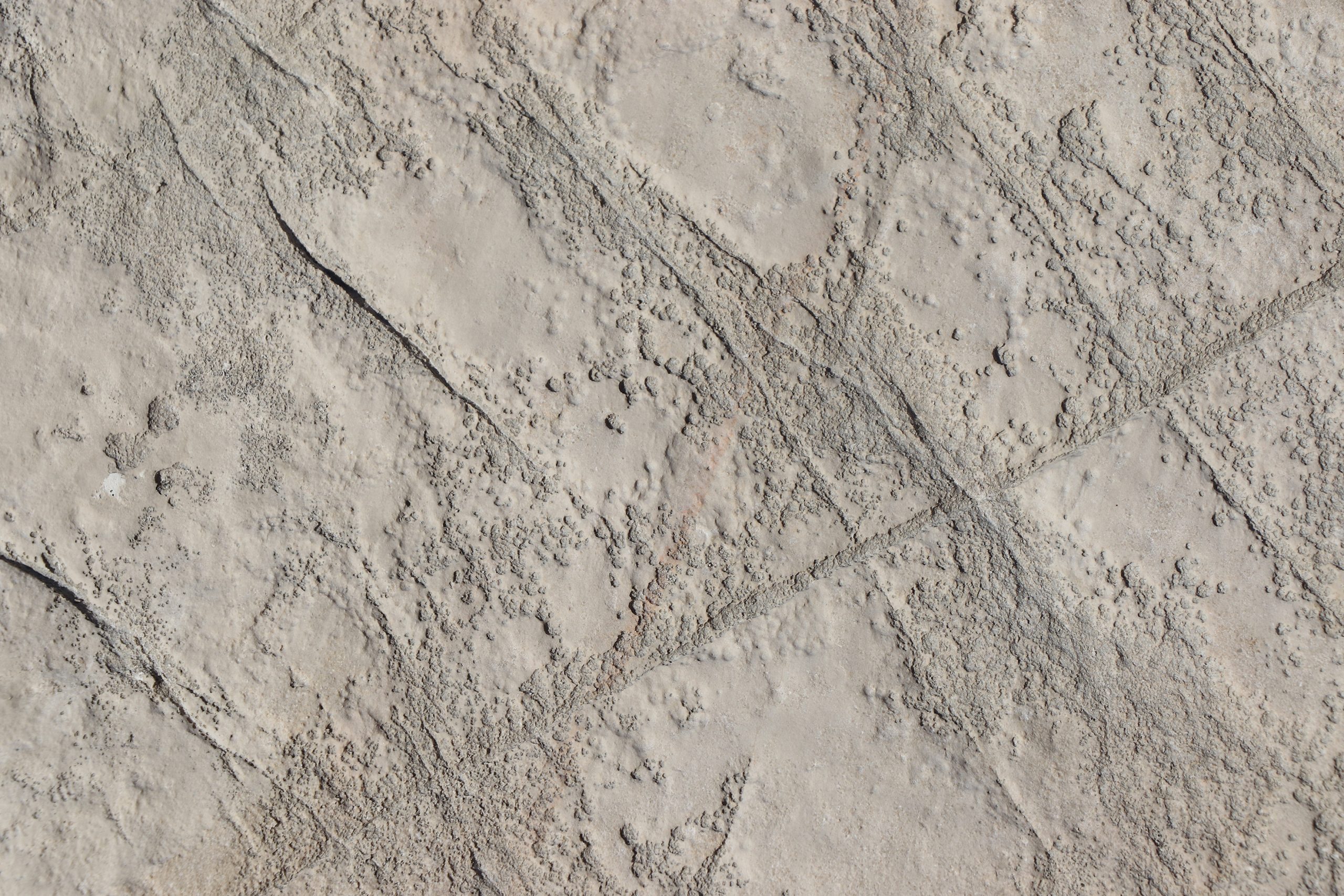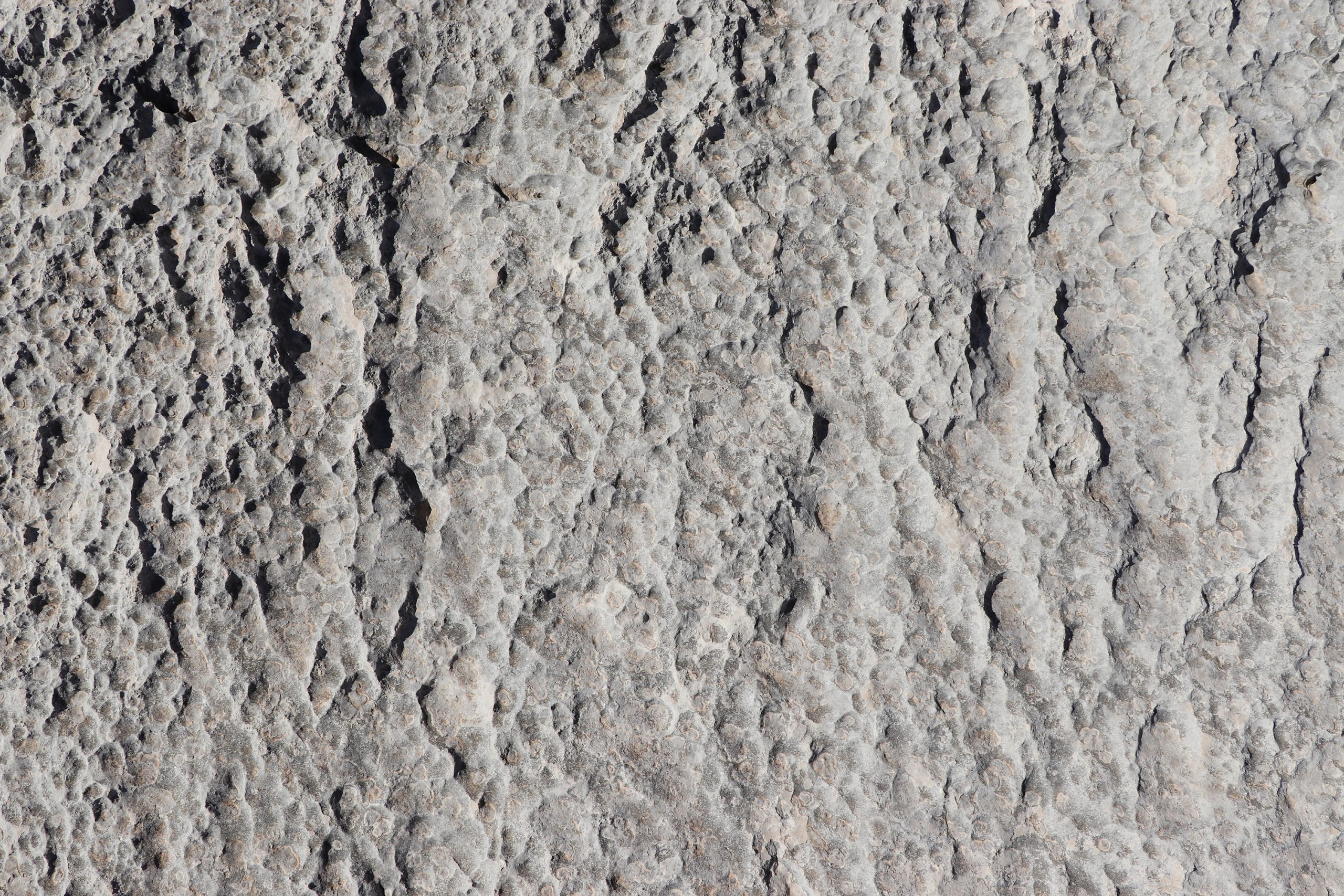MANJA RISTIĆ: INFINITE FRAGILITIES DISSIPATE IN THE DEAFNESS OF OUR LISTENING
CODDIWOMPLE
SECRET CORNERS
Tales on favourite spots by our network of fem人le musicians
MANJA RISTIĆ:
INFINITE FRAGILITIES DISSIPATE IN THE DEAFNESS OF OUR LISTENING
EDITION: VILINSKI GRADOVI
Off the village of Lumbarda on the far South-East side of the island, there is a good stretch of the wild Adriatic that was once fenced off by the Yugoslavian Army. An important strategic reconnaissance spot was positioned at the top of a perfect triangle – overlooking the island of Lastovo and its remote archipelago on the right and the island of Mljet on the left side, and staring straight into the shimmering – on a good sunny day – barely visible contours of Italy. The mysterious pine forest, and unusual rock formations unequivocally hide secrets.

Underwater precipices of the littoral zone and traces of a millennia-old stone cuttings are a signature of the secluded rocky slope. In the middle of it, there is a huge overturned boulder that reveals the geological composition of the overall coastal stretch. A stunning compound of Orange and White Quartz, Calcite, Citrine, and Apophyllite is embedded in layers of volcanic rock.

Geologically speaking, the island of Korčula is part of the Outer Dinarides area. It is composed of limestone and dolomite that accumulated during the lower and upper Cretaceous periods. The upper-Cretaceous rudist limestone (white to yellow-brown colour) is one of the highest quality stones. Due to its large crystalline structures, this type of limestone is referred to as marble or polymarble by the local population.
Exactly this well-hidden stretch of the coast could be an intriguing locale of the an allegedly sunken town. According to the legend, the overall town lies deep under the sea bed off the village of Lumbarda, on the south side of the island, overlooking the island of Lastovo.
Intergenerational oral tradition claims that the settlement commonly named “Vilinski grad”,The City of Fairies, was possibly constructed on pillars similar to the Venetian, while other sources based on the archaeological dives claim that a large underwater area consists of structured planes and infrastructures reflecting the possible existence of roads and fortress remains. The sea bed at the locale consists of underwater caves, deep layers of sand, and the wildest Adriatic undersea flora & fauna. There are no official archaeological records of the settlement.

There is no doubt that this place is deeply resonant, and it is currently labeled as a locale of importance for thriving biodiversity, by the Dubrovnik-Neretva County. It is a perfect environment to study the sclerophyll ecosystem – a Mediterranean biome, withstanding the aridity of the summer season and the harshness of the winds of the open sea with extensive rainfall received through the cyclonic storms in the winter. Also, there is no doubt that it is the heavily traumatised landscape that paid the price for European structural and cultural development. We are talking about long abandoned quarries with explicit traces of stone exploitation; flat plates, pools, vertical cuts, geological layering, and traces of block cutting.




Throughout history environmental exploitation was conducted in several zones on the island of Korčula, and also on the nearby smaller islands. Between the hills of volcanic rocks lay numerous sites along the South and South-East side of the island. To the eye of the dubious observer or curious researcher the overall landscape has been severely affected by extensive and organized stone cutting, dating all the way back to Antiquity.
In the Middle Ages and later on, stone exploitation bloomed, as shown by material evidence and numerous inscriptions and documents, such as the Statute of Korčula town-state, dating from the year 1214. a found excerpt of the famous Statute states that “everyone who exports the stone from the island of Korčula is obliged to report it to the government and note down in the municipal office, just as every foreigner who exports the stone is obliged for every 100 modijasol in weight to give 1 golden ducat”.
At that time when Korčula town-state was established, numerous stone-cutting workshops were opened eventually forming the so-called Dubrovnik – Korčula school of architecture and stonemasonry. The stone was intensely exploited for the needs of building the city of Dubrovnik but was also extensively exported to Zadar, Kotor, Venice and Istanbul. The small island, rich in such precious material became famous for stonemasonary, urbanism and architecture, spreading its influence around the Mediterranean through extensive trade. The dynamics and amount of connections established through trade is still poorly researched, but there is much physical evidence that the island resources played a significant role in the development of cities across the region and further, through maintaining the good relations with both Christian West and Islamic East (the Otoman Empire). Undoubtedly, the island potentiated the trade and good relations with the church, enabling an enormous amount of temples to be built. Even more intriguing than the Middle Ages, there are physical traces of stone exploitation by the Romans, and even further into the past when Greek colonization of the island took place. From that time there remain material traces that the stone was used for Antique ornamentation, statues and monuments. And to wrap up the thrill, there is physical evidence obtained through an archaeological excavation that took place at one of the indentations (a hand-cut rift), where a prehistoric stone hammer was found.

In the midst of a who-knows-how-many-millennia-old stone cutting frenzy stands our Crystal Rock, as I like to call it, the well-hidden corner of the world, silently embedded in European architecture. For me, this old volcanic hill speaks tales in enchanted voices. About long-forgotten worlds, shifting landscapes and seascapes. About lost societies communicating through the maritime trade, about the pirates and ruthless conquerors, and small nations’ struggles to defend their coastal towns. About naval battles, epic earthquakes and floods. And a constant struggle of Nature to recuperate and preserve itself, above and below the water surface.

I record the micro-environment of Crystal Rock extensively. Year after year, I listen to the season’s shifting, from the biomes’ maximised growth in the wet season to complete hibernation due to summer drought. I learned about the morphology of the site and became familiar with the dynamics of its littoral belt despite its harshness and wildness. The mysterious complex of underwater caves and skerries mostly share the crystalline geological structure of the landscape. It is home to marine flora and fauna of extraordinary diversity. Also, it is a perfect spot to record the contrast between phases of extensive noise pollution due to increased water traffic, and phases of a complete absence of it.
But I would never be able to immerse myself to the point of exploring the phenomenology of sound if I didn’t have an adequate instruments.

a hydrophone buried in the sea bed. sand, pebbles and rocks pushed by the currents and waves in constant motion, reminds us of the crushed solids, sounds of the Earth and lava swallowing the land, the settlements, and beings. fertile resonances of infinite water fractals hide histories in an undisclosed chamber of time.
I use the JrF hydrophone and contact mics. The instruments are carefully sculpted to catch data with minimised frequency range corruption. What strikes me the most about these unique and simple objects is their capability to capture both close-up sound as well as overall acoustic mirroring of the underwater topography. Due to its sensitivity, the hydrophone produces an almost tactile outcome of the soundscape imprint, including information about the space and conditions under which the occurring sound event is happening.
With all these layers revealed sound becomes multi-textural, and as such demands “closer” listening. The fragility of the subtle sonic stratum captured seems almost infinite and dissipates only due to our hearing range limitations.
The physiology of listening directs our psychophysical as well as trans-dimensional (beyond body-mind) state of constant balancing. How we listen affects our nervous circuits, our cognitive functions, and our capacity to receive, and give back information in a constant exchange of all forms of energy within fluctuations in the environment.
This small object (hydrophone) of a particular shape, width, and material composition reveals ways of listening that pushed me to explore the most abstract relations of sound and space. My passion for recording the “hidden corners” grew out of these extended listening techniques, and involve prolonged attentiveness and controlled sensory saturation, in subtle energy transmissions between the listener and the place.
While I am becoming the Crystal Rock, I keep wondering: what is the purpose of permanently intruding, reshaping, destroying and distorting of the landscape? When everything will inevitably dissolve back into it.
otiose morning
& the echo
of fast footsteps in a broken loop
dirty cotton is thrown across the air,
islands levitate
on the metallic horizon –
dead & blue
& paper sharp
I turned my back on her
my ears were underwater


Manja Ristić born in Belgrade in 1979, is a violinist, sound artist, published poet, curator, and researcher. Manja’s sound-related research besides contemporary performance in the field of instrumental electro–acoustics, is focused on interdisciplinary approaches to sound and field recording as well as experimental radio arts. Works and lives on the island of Korčula, Croatia.
